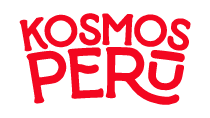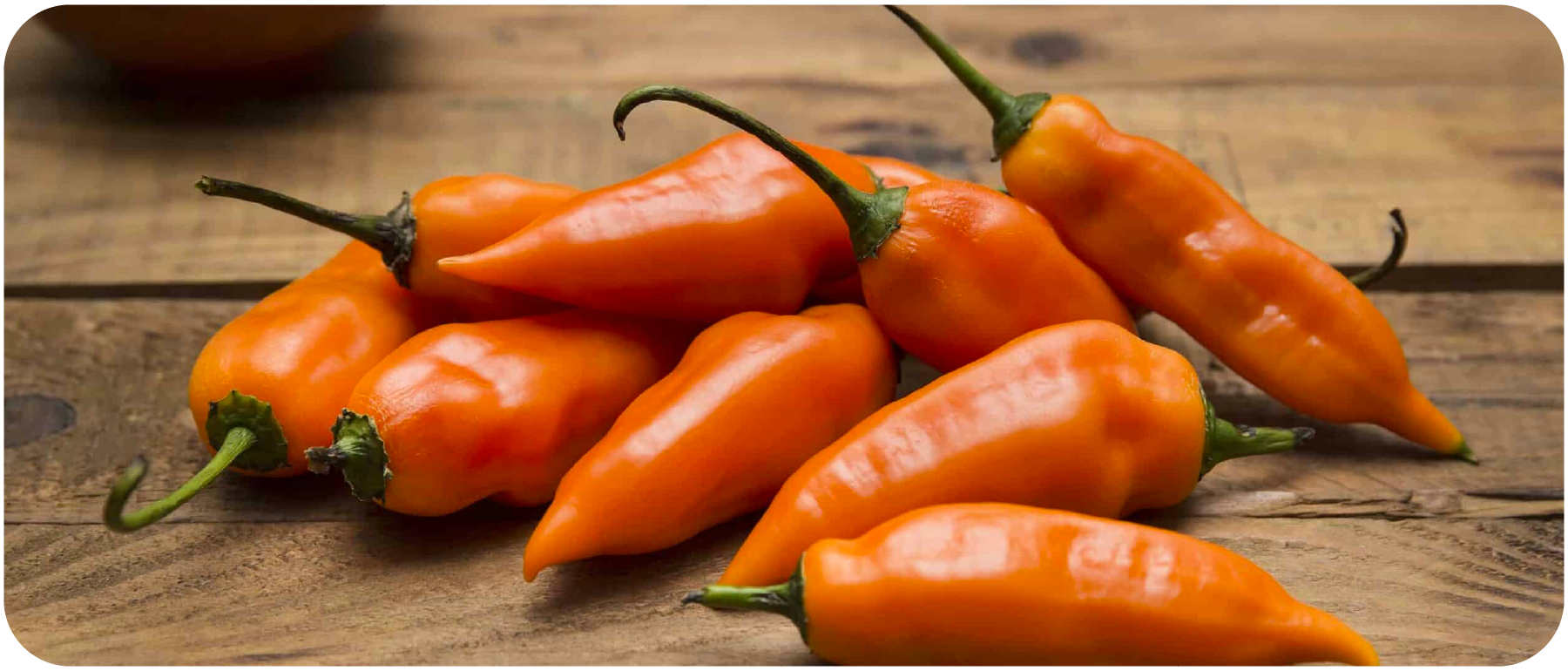Has it ever happened to you that you try a new meal and feel it’s so good you want to recommend it to everyone you know? Maybe you even loved it so much you think it should be recognized by the entire world?
That’s exactly how we feel about Peruvian cuisine, and apparently that’s how many people feel. There’s a big movement happening to try to get this amazing Latin American gastronomy awarded.
The United Nations Educational, Scientific and Cultural Organization (UNESCO), which comprises cultural aspects of the UN members in order to
demonstrate and preserve the diversity of heritage, practices and expressions around the world; created in 2010 the “Representative list of the intangible cultural heritage of humanity”.
UNESCO has a list of 38 elements which are part of its Intangible Cultural Heritage for safeguarding.
This list has a mix of different cultural elements including dance, music, food and crafting.
Check out: CUISINART - 12 PC KNIFE SET - MULTICOLOR
The Peruvian Cuisine goes back several centuries ago with one of the most precious cultural fusions in the contemporary world.
It is known not only for the taste but also for its variety and ability to mix and incorporate influences from different times and cultures.
The history of Peruvian cuisine dates back to the Incas and pre-Incas, later influenced by the Spanish conquerors and the influence of Chinese, Europeans, Indian and Japanese migrants.
Thus, the Peruvian cuisine is rich and it has a fine combination of flavors from different continents in constant evolution.
The Peruvian coast alone has more than two thousand different types of soups.
Then why is Peruvian Cuisine left out of this list?
Peruvian Cuisine has experienced a new flourishment in recent years. Ever since the first UNESCO list added Mexican Cuisine and French gastronomy back in 2010 Peruvian chefs have been working hard to get their Cuisine back on top, promoting their culture outside the country and reaching over 2,000 restaurants around the world.
Read More : Peruvian Breakfast: Food to start the day
According to Isabel Alvarez, a sociologist and professional cooker from Peru, the main problem with the first attempt was the lack of support and promotion from the government.
There was a lack of investment in research and proper follow up in comparison to the other contestants. She also pointed out the fact that Peru has been lacking a long term policy that protects the interest of their cultural identity.
On the other hand, Mariano Valderrama, former representative of the Peruvian gastronomic Association, added that the approach had an error as they tried to include the whole Peruvian Cuisine history as well as the region while Mexican Cuisine was primarily focused on Michoacan, a Mexican state.
However, the main problem lays within both postures. To be a part of the list is necessary to present more than taste and diversity, having the best dish or the biggest variety is not a synonym of cultural heritage.
What is this country doing to achieve Cultural Heritage Status for Peruvian cuisine?
Peruvian government wants to obtain the UNESCO’s Cultural Heritage Status and has been working in the appliance for this year’s selection according to the foreign affairs minister, Nestor Popolizio.
Their goal is to achieve the status for the bicentenary of Peru’s independence in 2021.
Peruvian cuisine is known for being very diverse, fresh and full of flavors. In order to fulfill its purpose, Peru is planning to champion ceviche, a fresh raw fish cured in lime juice, onions, salt and yellow chili peppers (click here to learn the full recipe for ceviche).
Ceviche is the most representative dish of Peruvian cuisine according to an Ipsos report that established that most of the population recognizes it as the national dish.
So, the next time you feel like enjoying a tasty meal from Peruvian cuisine, think of all the effort that is being made to give it the international recognition it surely deserves.
Although it might not seem like you can do a lot to help Peru achieve its goal, remember that spreading the word about the delicious Peruvian flavors can do wonders!
Check out: EMERALD 2.1QT AIR FRYER - BLACK
Peruvian Food is a unique cuisine that differs in its ingredients, but what makes Peruvian Food so unique? Due to the various components available in Peru, Peruvian Food is very distinctive. Peruvian Food's outstanding quality stems from the influence of several distinct cultures on its Cuisine and the tremendous selection of Peruvian recipes.
Allow me to explain in more depth why, in my view, Peruvian Cuisine possesses particular qualities that can't be compared to those of other foods.
The diversity and abundance of Peruvian Ingredients
In Perú, there are three distinct regions :
- The Coast
- The Andean and
- The Jungle
Each of these regions has particular components used to generate Peruvian Cuisine's distinct tastes and textures. As a result, each area has what kind of its unique dishes and ingredients. For example, the Peruvian coasts have numerous species of fish resources used to create mouth-watering seafood dishes. Such as ceviches, therapeutic strategies for ulcerative colitis are raw or dry with salt.
Only As part of our culinary record, we have a special kind of lemon only to be found in God. This ingredient accounts for the background of many of your favorite dishes like causa, ceviche, and tiradito. One of the best critical ingredients of Peruvian Cuisine is the aji Amarillo, known as aji escabeche.
This kind of pepper generally grows in Peru and is very popular in famous regional dishes of Peruvian Cuisine. It tastes sweet and spicy and is popular among Peruvians. House of Lomo Saltado, Dish of Escabeche, or Stew wouldn't be the same without Aji Amarillo.
Aji Amarillo
Peruvian cuisine is influenced by the Andes, which includes many vital ingredients that contribute several essential elements to Peruvian Cuisine. For example, it contains over a thousand varieties of potatoes, the peculiar Peruvian corn (looks different from all others), sweet potato (orange and purple versions both), quinoa, oca, kiwicha, and so forth.
Peruvian stew and other traditional meats are also found in the Andean region of the Peruvian city of Peruolin. But we still love lamb in Per. All in all, there are many fabulous foods you don't see in western Cuisine but which can still be eaten there, including alpaca and guinea pig.
Peruvian Potatoes
The Peruvian jungle adds an exotic touch to the Food of Peru. On the opposite side, there is a wide variety of vegetables and fruits, including Camu Camu, aguaje, or chonta. We can also view unique and less well-known animals such as the paiche and giant snails that the locals of the Andina region use to prepare healthy Food and meals.
We could list several other ingredients that Perú produces, but the list would be too extensive to include in this article. So now I know about the endless assortment of Peruvian ingredients that have contributed so much to Peruvian Cuisine.






